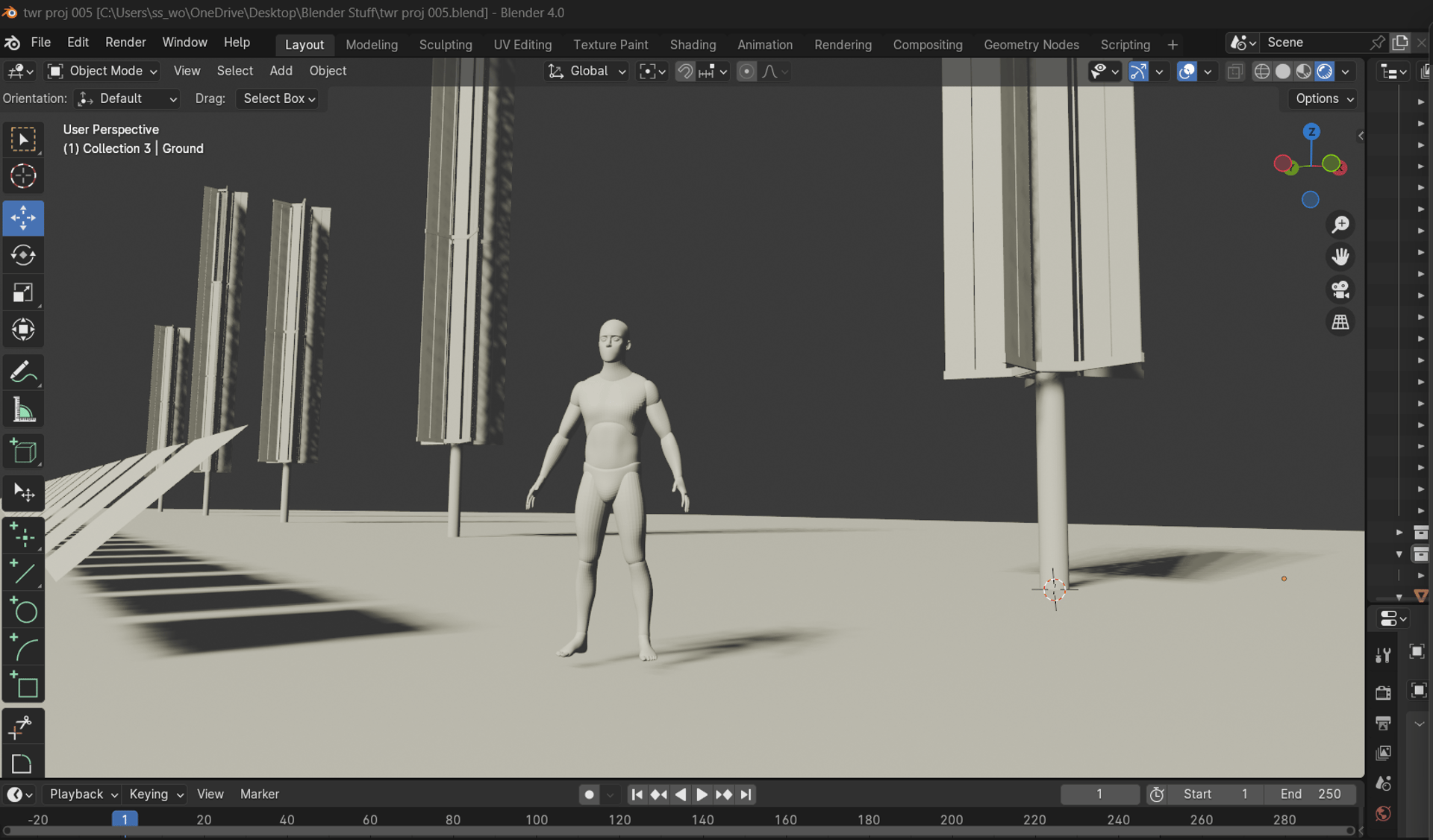
eCactus Solar Towers 2027
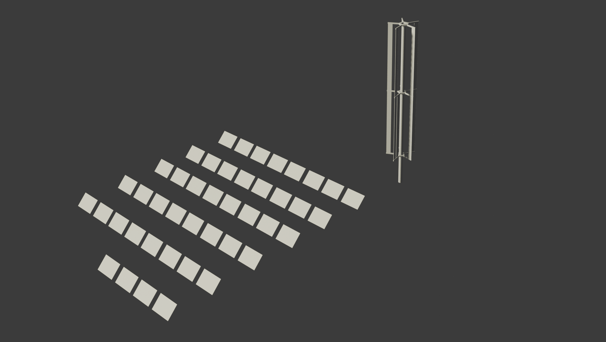

A new innovative way to catch solar energy.
We are in Pre-Production phase today with our first towers planned to be operational by early 2027
Cost effective. Minimized land usage. Hail, dirt, and bird poop resistant. Scalable. Standardized installation. Along with a long list of other benefits.
Our Patent pending Design can be used in diverse geographical locations. Northern Latitudes and Equatorial applications both benefit from the bio-mimicry of the humble Cactus. The vertical panels warm up to better operating temperatures quicker in the morning, and mid-day heat is moderated by the smaller profile (Suns perspective) keeping the pv cells cooler.
The future holds great promise for advancements in Photovoltaic technology like, Perovskite cells, and Nano 3D PV structures printed via 'roll to roll'. When combined together with eCactus Solar Tower integration, we can realize a way to concentrating large amounts of energy into a much smaller footprint, in a very cost effective way.
Our Mission is to be the Leaders in Solar Energy Collection through innovation to aggressively pursue a faster ROI.
Simple surface area comparison. The towers are vertically scalable, whereas the ground mounted panels are only scalable in a horizontal directions.
It's all about the footprint!

Energy and Thermal Results from our Gen 4 Prototype
Recorded Energy collection: Volts every 15 minutes, mirrored about midday.
Graph showing the Gen 4 eCactus tower with 12 PV cells overlaying the thick green baseline. As you can see the tower has sun facing surfaces earlier and later, than the ground mounted PV cells. Notice also a consistent 5-8% percent extra energy collection above the baseline. It is currently believed to be a function of the reflections and thermal properties, which are a result of the specific cross-section of the tower. Notice also that all PV cells generate electricity no matter the direction they face. Perhaps as stated before different PV material may be more suited to the tower configuration. More study is definitely required.
We found that in the tower configuration, total energy collection was reduced by 35% (Reduced Cross-section, only 12 cells). This comparison reflects the difference between typical pv cells (non-bifacial poly-crystaline) in a vertical position and traditional horizontal postions. The true value of a solar collection system is, in our opinion the ROI. The eCactus towers will use the lastest OPV (organic photovoltaic) cells in a complete cross section (15 cells). Furture testing will be based on Watts generated over a longer-term as opposed to single perfectly sunny day. It is our belief that the towers may do better on couldy, rainy or snowy days when direct sunlight is at a minimum. Year over year comparisions will be the ultimate comparsion values. This investigation has given us the fortitude to move ahead with building full size Pre-production Towers with a Design target of 9kW output.
Summary of the results.
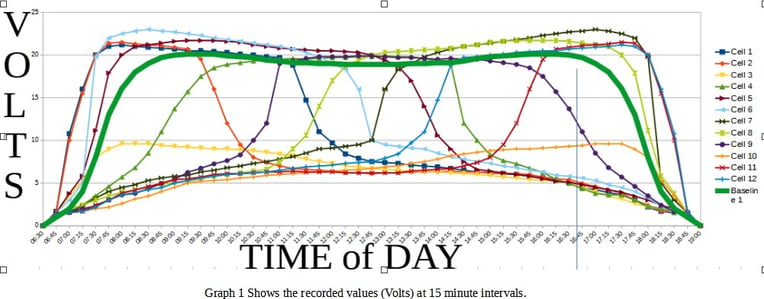

Thermal Results for Gen 4
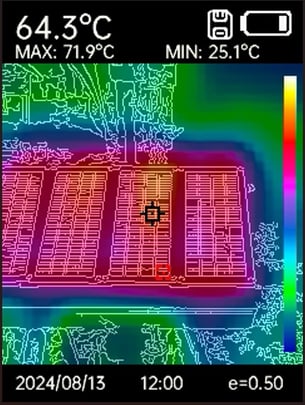

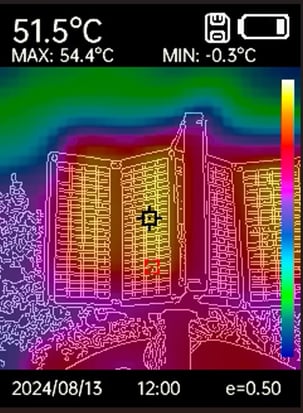

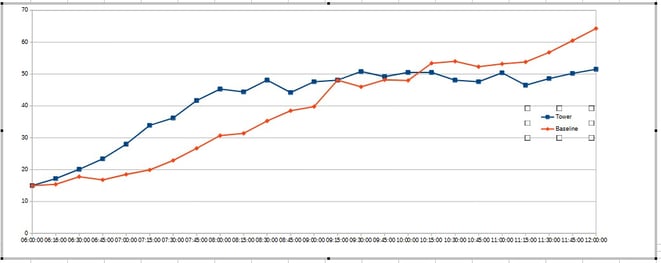

Thermal data was recorded at the same time as the volts measurement. Every 15minutes. Above shows typical mid day difference of 10-20C.
The data shown in the graph is only from 1 day up until midday. Recordings were taken on 10 different days and times. What is shown in every sample, the vertical face in the mornings are perpendicular to the Sun's rays, warming them up faster, and at midday the panels were much cooler.

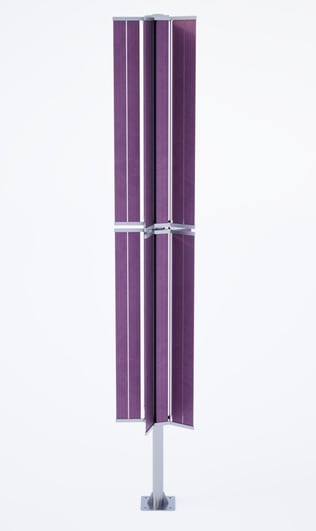
Generation 5, 03 2027
Final Technical Specifications TBD
Design Target is a 9kW Tower. Derived from 60sqm of PV material rated at 200W per m, Consisting of 30 cells, capable of producing a total of 12kW's.
Reduced Total for Tower configration resulting in our Design Target of 9kW.
eCactus Energy GmbH
Leading solar technology for urban and rural integration.
Contact us
© 2025. All rights reserved.
